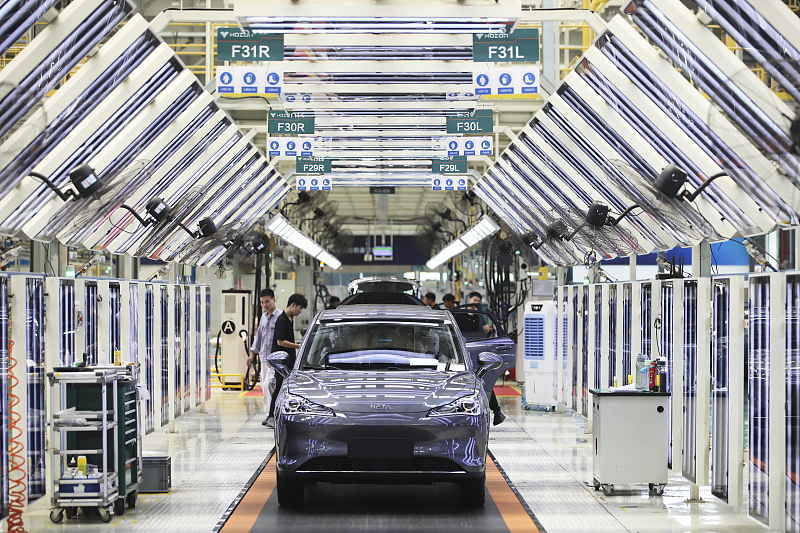China is well placed to combat climate change
- By Imma Elenoire Laudieri Di Biase
 0 Comment(s)
0 Comment(s) Print
Print E-mail China.org.cn, November 17, 2022
E-mail China.org.cn, November 17, 2022

When climate change is discussed in the West, accusations against China keep cropping up. These allegations say that China is the most polluting country on Earth and the biggest emitter of carbon dioxide.
Admittedly, China is a large emitter of carbon emissions due to its size and population, but emissions alone are not enough to blame a country for climate change. If one looks at emissions on a per capita basis, China is in 48th place, well below the U.S., which is in 14th place. China emits less than half as much CO2 per capita as the U.S.
When examining the causes of climate change, historical emissions must be taken into consideration. And in this regard, it is undeniable that developed countries have a historical responsibility due to their emissions during their industrialization over the past 200 years. Since 1750, the U.S. has released 410 billion metric tons of CO2, almost twice as much as China.
In addition, another point contributes to the debate over climate change responsibility. The greenhouse gases emitted during the manufacturing process are tallied as China's – and not the country where the manufactured products are purchased and used.
Apart from the fact that the U.S. and other developed countries have outsourced their production operations to China, statistics on carbon emissions are usually recorded according to the producer principle and not the consumer principle. Three scientists from Dutch and German research institutes were right in proposing to introduce a concept whereby responsibility for CO2 emissions should be shared between consumers and producers.
As far as initiatives to cut down emissions are concerned, it is to be noted that China, the world's biggest auto market, has set a target for new energy vehicles (NEVs), including plug-in hybrids and hydrogen fuel cell vehicles, to make up 20% of auto sales by 2025.
Battery-electric vehicle (BEV) sales in China soared to nearly 18% of the new car market in the first half of 2022.
Consumption of non-fossil energy is also expected to increase by almost 80% during this decade, which indicates that China will comfortably reach the 25% mark for non-fossil energy in 2030 and is well on track to achieve the mid-century target of carbon neutrality before 2060.
Imma Elenoire Laudieri Di Biase is sinologist and international analyst.
Opinion articles reflect the views of their authors, not necessarily those of China.org.cn.
If you would like to contribute, please contact us at opinion@china.org.cn.







Go to Forum >>0 Comment(s)